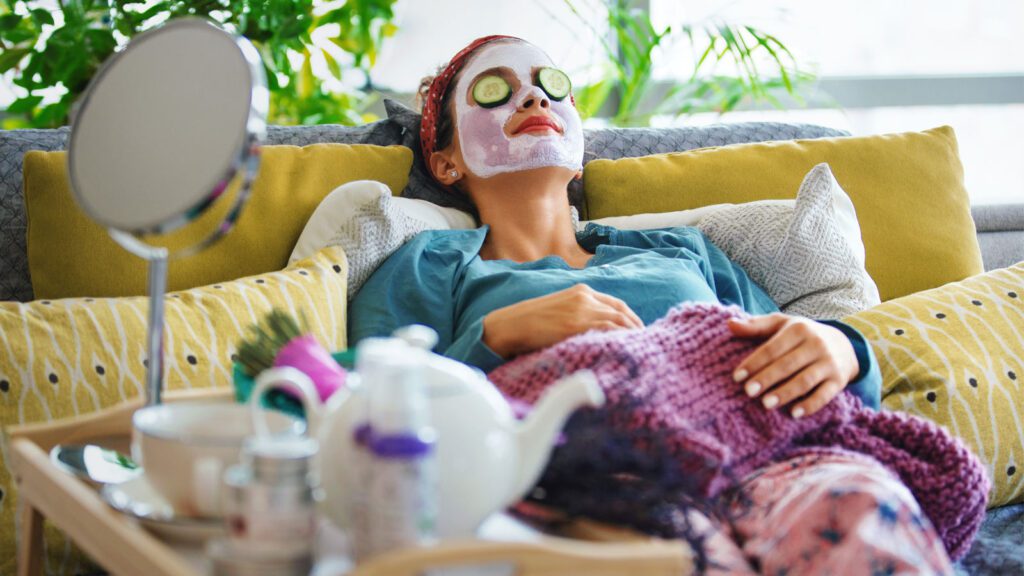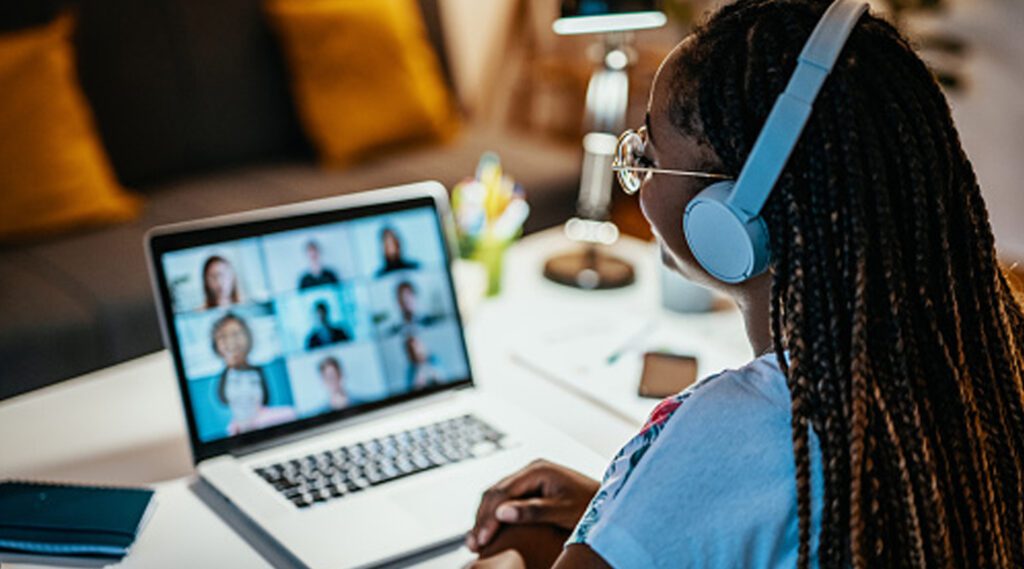Welcome (or welcome back) to the West Coast University Decompression Session series, in which we focus on wellness and mindfulness, and share lesser-known tips and tricks on everything from healthy study habits to practical sleep science. In this session, we’re talking about your eyes: you know, those two miraculous messengers of visual information that are so essential to successful study and work.
There are lots of popular tips for relaxing your peepers. By necessity, and largely due to a world where technology and electronics tend to demand much of our ocular attention, our eyes can get overworked. Whether you stare at a computer screen all day for work, or stay up squinting over textbooks at night, or do anything else that requires strict focus at length, you’re bound to experience eye fatigue and strain.
Make sure you keep your regular vision checkups with your optometrist, but in between, here are a few things you can do to pamper your peepers:
Focus Pocus: Pencil Pushups
This DIY eye exercise was designed as a supportive therapy for convergence inefficiency (CI) and other bifocular vision disorders (BVD) that make it difficult for both eyes to work together in bifocular function. With this diagnosis, doctors often prescribe bifocal lenses or other treatments. But even if you don’t have a diagnosed vision disorder, you can still try this simple exercise to give your dual focus vision a quick workout.
Here’s how to self-administer the “pencil pushup treatment” (PPT) at home:
- Hold a pencil at arm’s length, straight ahead, with the point facing upward.
- Focus your eyes on the number embossed on the pencil shaft.
- Slowly draw the pencil toward your eyes, maintaining your point of focus.
- As soon as you begin to see two pencils, withdraw the pencil back to arm’s length.
- Repeat several times.
If you experience any typical CI symptoms – headaches, difficulty reading or concentrating, double vision (diplopia), loss of place on the page, squinting or closing one eye – regularly or acutely, see your eye doctor for in-office treatment.
Eye Strain: Palming
This holistic practice is a yoga technique sometimes called “The Bates Technique.” Think of it as eye-targeted sensory deprivation. By blocking out all light and giving your eyes a comforting, warming experience, this exercise is great for both mindfulness and eye health. It is meant to revitalize the muscles of your eyes and encourage circulation of “aqueous humor.” According to Bates Method expert Nathan Oxenfield, “the darkness relaxes the ciliary muscles, retina and optic nerves.”
Here’s how to palm:
- Sit comfortably or lie down.
- Rub your hands together to generate natural heat in your palms.
- Cup your hands and place them comfortably over closed eyes, with enough room to blink.
- Relax, release, breathe and enjoy.
Palming may also provide auxiliary benefits like better sleep (which is also great for the eyes). Do it as often as you want, for as long as you like. Consider allocating one of your study breaks for palming, after you’ve been staring at a book or a screen at length.
Agility Ability: Figure Eights
A little activity goes a long way. For this exercise, you let your guys skate in the shape of a smooth figure eight. This might feel a little awkward, or herky-jerky, and that’s fine. We’re accustomed to keeping our focus in one place and often straight ahead.
- Sit comfortably.
- Choose a spot on the floor at least a few feet away from you.
- Relax your eyes and trace a figure-eight shape for 30 seconds.
- Switch directions.
These are just three options that you can easily fit in between study sessions or on a work break. Your eyes show you the world – so show them some love! Your eyes will feel better before you can blink (well, almost).
If you’d like more tips on rest, rejuvenation, nutrition, and sleep to support your studies, keep reading our Decompression Session blog series.
WCU provides career guidance and assistance but cannot guarantee employment. The views and opinions expressed are those of the individuals and do not necessarily reflect the beliefs or position of the school or of any instructor or student.



